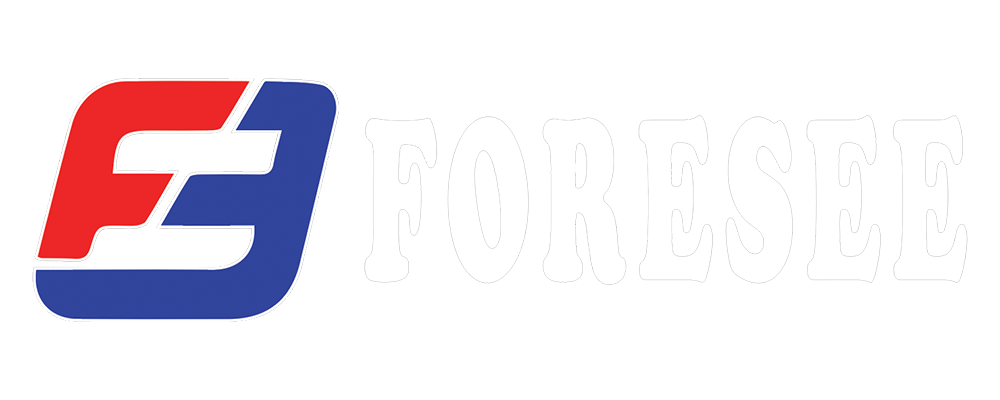Both the E7018 and E6011 electrodes are widely used in welding, but they serve different purposes and excel in different conditions. Here are the main distinctions between the two:
1. Coating Material:
- E7018: This electrode has a low-hydrogen, iron powder coating. Its low-hydrogen content reduces the risk of cracking, and it is known for producing clean welds with minimal spatter.
- E6011: Has a cellulose-based coating, which provides deep penetration and is ideal for welding through rust, paint, or other contaminants.
2. Penetration:
- E7018: Offers moderate penetration, making it best suited for clean, thick materials. It is less effective on dirty or rusted surfaces.
- E6011: Provides deep penetration, making it a versatile choice for welding in less-than-ideal conditions, such as on dirty or rusty metals.
3. Current Type:
- E7018: Typically runs on DC+ (Direct Current Electrode Positive), though it can also operate on AC (Alternating Current).
- E6011: Runs on both AC and DC+, giving it more flexibility in terms of compatibility with welding machines.
4. Welding Position:
- E7018: Can be used in all positions but is generally better suited for flat and horizontal welding due to its slower freezing slag.
- E6011: Also an all-position electrode, but it freezes faster, making it better suited for vertical and overhead welding.
5. Applications:
- E7018: Commonly used in structural welding, including bridges, ships, and pressure vessels, due to its high tensile strength and ability to produce strong, clean welds.
- E6011: Favored for maintenance and repair work, especially in outdoor environments where rust or other surface contaminants might be present.
6. Strength:
- E7018: Has a tensile strength of 70,000 psi, making it ideal for heavy-duty applications requiring high strength.
- E6011: Slightly lower tensile strength at 60,000 psi, but it compensates with its versatility and ability to weld under challenging conditions.
7. Weld Appearance:
- E7018: Produces smooth, high-quality welds with minimal spatter, making it a favorite for projects requiring neat finishes.
- E6011: Due to its deep penetration, it can produce rougher welds, but it’s great for projects where weld appearance is less of a priority.
Best Uses:
- E7018: Ideal for high-strength welds in structural applications, bridges, pressure vessels, and construction.
- E6011: Best for repair work, farm equipment, and situations where surface preparation is not feasible or where deeper penetration is needed.
In conclusion, the E7018 is suited for controlled, high-strength applications with clean materials, while the E6011 shines in flexible, less-than-ideal conditions where deeper penetration is required.

Recent post